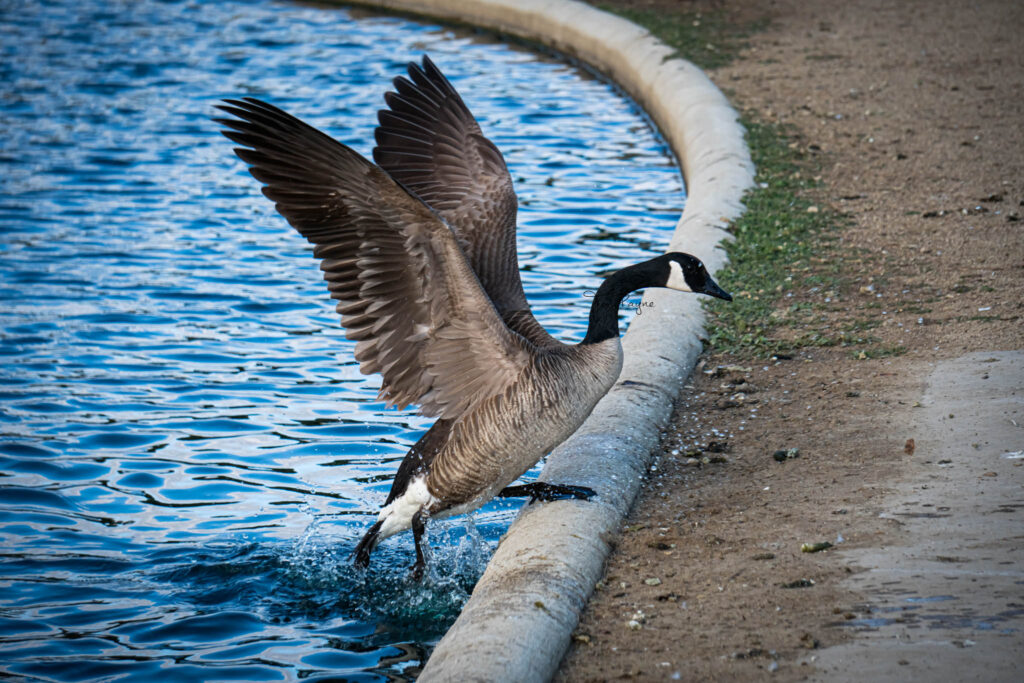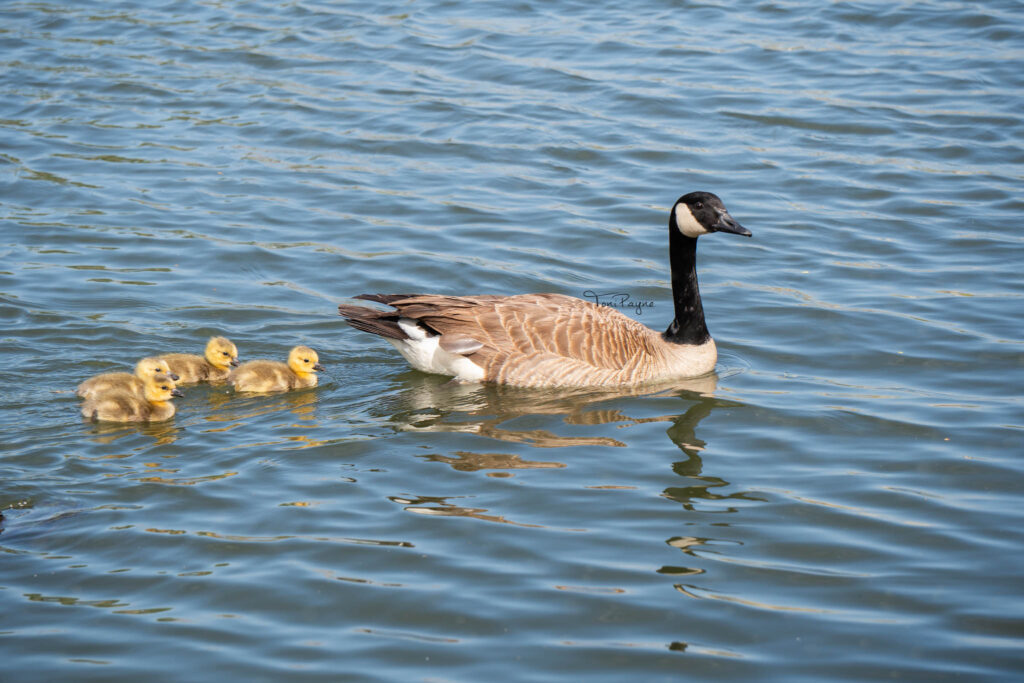The Canadian Geese Invasion: Understanding the Migration to California
California, known for its diverse landscapes and mild climates, has found itself playing host to a seemingly unexpected and ever-growing population of Canadian geese. The sight of these migratory birds, honking in V-shaped formations across Californian skies or leisurely grazing in parks and fields, has become a common spectacle. The presence of Canadian geese in California is a fascinating phenomenon shaped by a combination of ecological, environmental, and human factors.
Migration Patterns
Canadian geese are renowned for their impressive migratory journeys, covering thousands of miles annually. One of the primary reasons behind their presence in California is the state’s location along the Pacific Flyway, a major bird migration route. The Pacific Flyway spans from Alaska to Patagonia, and California serves as a critical rest stop for these geese during their long journeys. The state’s abundance of wetlands, lakes, and agricultural fields provides ideal habitats for these migratory birds to rest, feed, and recharge before continuing their journey.
California Has Abundant Food Sources
California’s diverse landscapes offer a smorgasbord of food sources for Canadian geese. Agricultural fields provide an ample supply of grains and grasses, while the state’s numerous lakes and water bodies offer aquatic vegetation and insects. The geese are particularly drawn to well-manicured lawns and golf courses, where they find a ready supply of tender grass shoots. The availability of these food sources throughout the year in California contributes to the geese choosing the state as a wintering or year-round residence.
California Has Favorable Climate
The moderate climate of California is another factor that attracts Canadian geese. Many regions in the state experience mild winters, with temperatures rarely reaching the extremes seen in their northern breeding grounds. The availability of open water, even during the winter months, ensures that the geese can find suitable habitats year-round. This contrasts with the frozen lakes and snow-covered landscapes they might encounter in their Canadian breeding grounds.

Human Habitation and Altered Landscapes
As human development continues to shape landscapes, Canadian geese have demonstrated an adaptability to urban and suburban environments. Man-made lakes, retention ponds, and landscaped parks provide inviting habitats for these birds. The altered landscapes, often created for aesthetic and recreational purposes, unintentionally cater to the needs of Canadian geese, encouraging them to settle in areas close to human habitation.
Reduced Predation Pressure
In their natural habitats, Canadian geese face predation threats from various animals, including foxes, wolves, and large birds of prey. In urban and suburban environments in California, predation pressure is often reduced, providing a safer haven for the geese to forage and rear their young. This perceived safety contributes to the increasing presence of Canadian geese in areas where they might encounter fewer natural predators.
Have Canada Geese Taken Over Parks in Los Angeles? How they are changing Ecosystems | Documentary
Conservation Success in California
The success of conservation efforts aimed at protecting wetlands and preserving habitats has inadvertently contributed to the proliferation of Canadian geese in California. As these conservation initiatives create and maintain suitable environments, they inadvertently support the needs of these migratory birds, encouraging them to extend their stay in the state.
Can They Be Considered California Geese?
While many Canadian geese in California are migratory, some populations have transitioned into year-round residents. This shift can be attributed to the abundance of resources and the availability of suitable habitats throughout the year. Resident populations further contribute to the overall prevalence of Canadian geese in the state.

In conclusion, the abundance of Canadian geese in California is a result of a combination of factors, including migration patterns, abundant food sources, favorable climate, altered landscapes, reduced predation pressure, conservation success, and the establishment of resident populations. As these factors continue to interact and evolve, the presence of Canadian geese in California is likely to remain a captivating aspect of the state’s natural tapestry. Balancing the coexistence of these birds with human activities and ecological considerations remains a key challenge for wildlife management in the region.